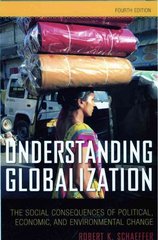Question
The following describes an experiment that was conducted to measure trust among people. Each person is paired with another person. Call them person A and
The following describes an experiment that was conducted to measure "trust" among people. Each person is paired with another person. Call them person A and B. Person A is initially given 5 dollars by the experimenter. Person A is then asked to send some money to person B. Denote the amount of money sent to person B as x. Person A is free to send any amount between $0 and $5. If x is strictly positive, the experimenter then triples it, and asks person B to decide how much to give back to person A. Let y denote the amount B gives back to A. Person B can choose any number between 0 and 3x. The final monetary payoff for person A is 5-x+y. The payoff for person B is 3x-y. The players are told in advance the game that they are asked to play. That is, when person A is deciding how much money to send, she knows that she has an opportunity (depending on what person B decides to do) to get money back later.
Question A) Draw the game tree that corresponds to the game described above, assuming that payoffs are simply monetary payoffs. (As long as the basic structure of the game tree is clear, you don't need to draw the entire game tree.)
Question B) Solve the game in Question A). What is the expected outcome of the game?
Question C) In actual experiments, many people send some money to the person they are paired with (on average, x is about $2.) Recall that a game's payoff can include a non-monetary component as well as a monetary component. What kind of factors do you think are missing from the game tree in Question A)?
Step by Step Solution
There are 3 Steps involved in it
Step: 1

Get Instant Access to Expert-Tailored Solutions
See step-by-step solutions with expert insights and AI powered tools for academic success
Step: 2

Step: 3

Ace Your Homework with AI
Get the answers you need in no time with our AI-driven, step-by-step assistance
Get Started


